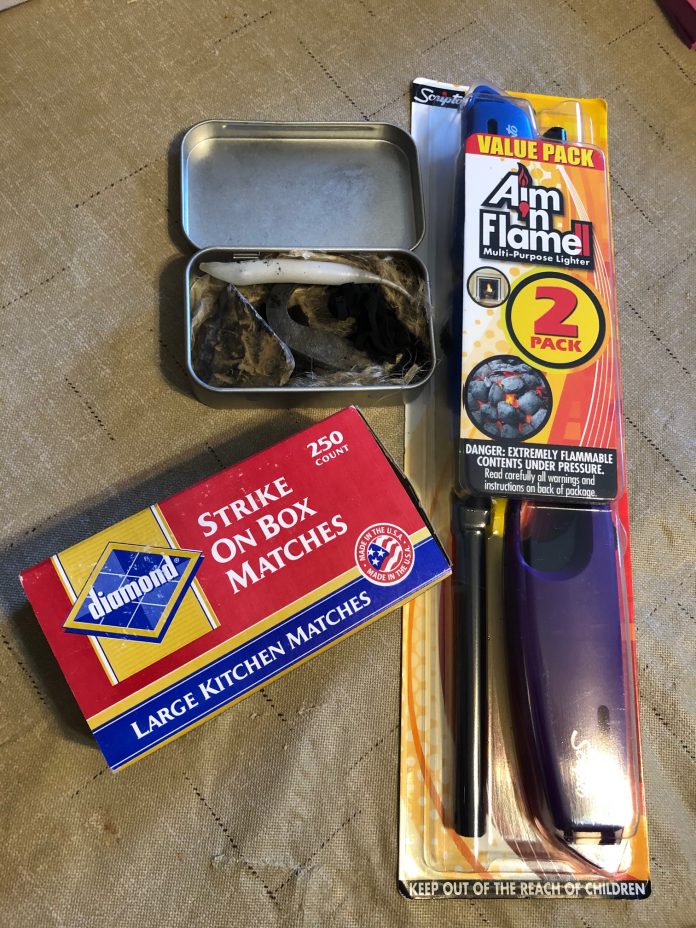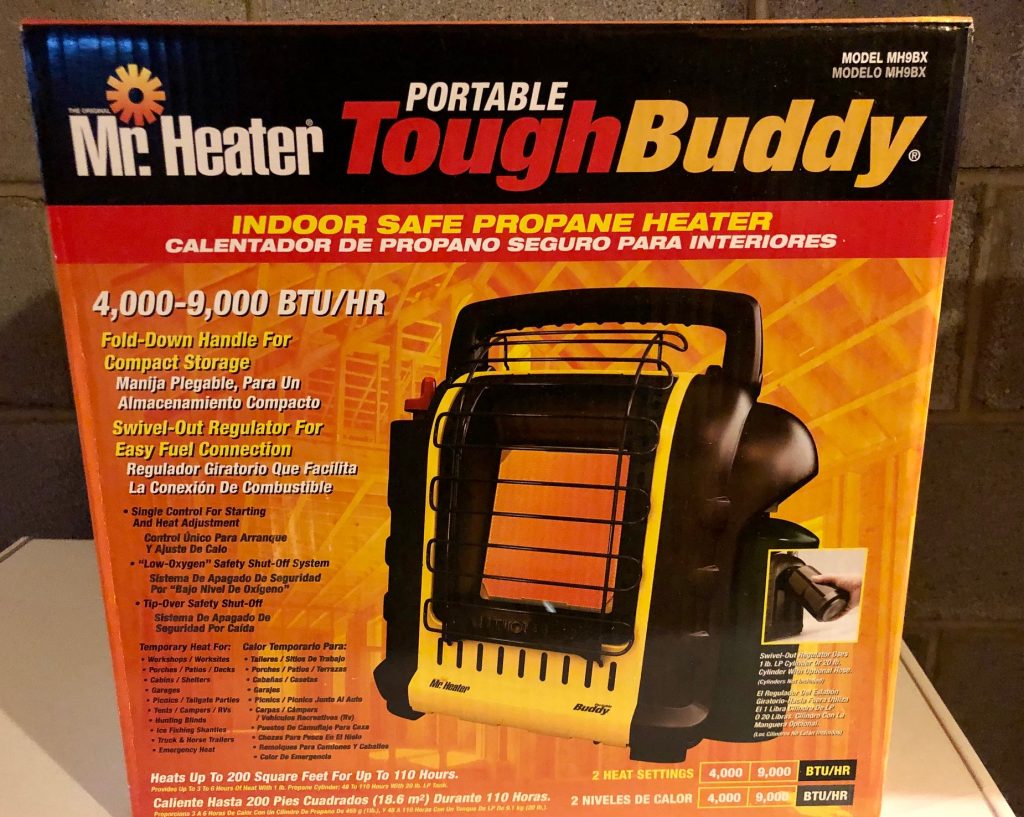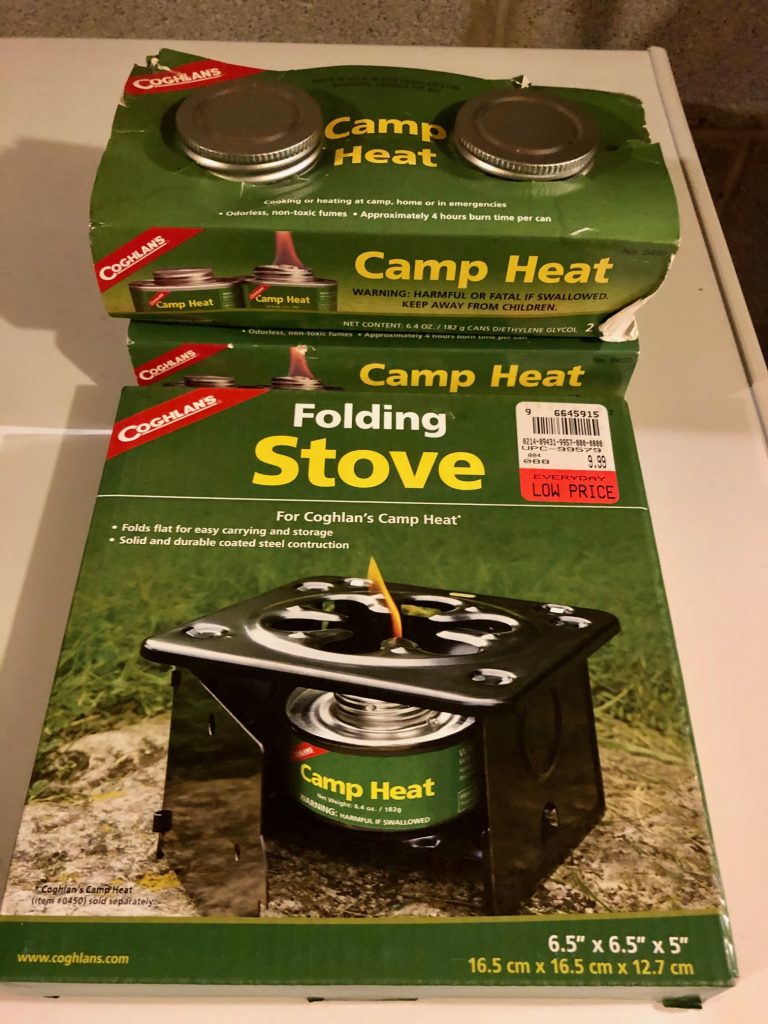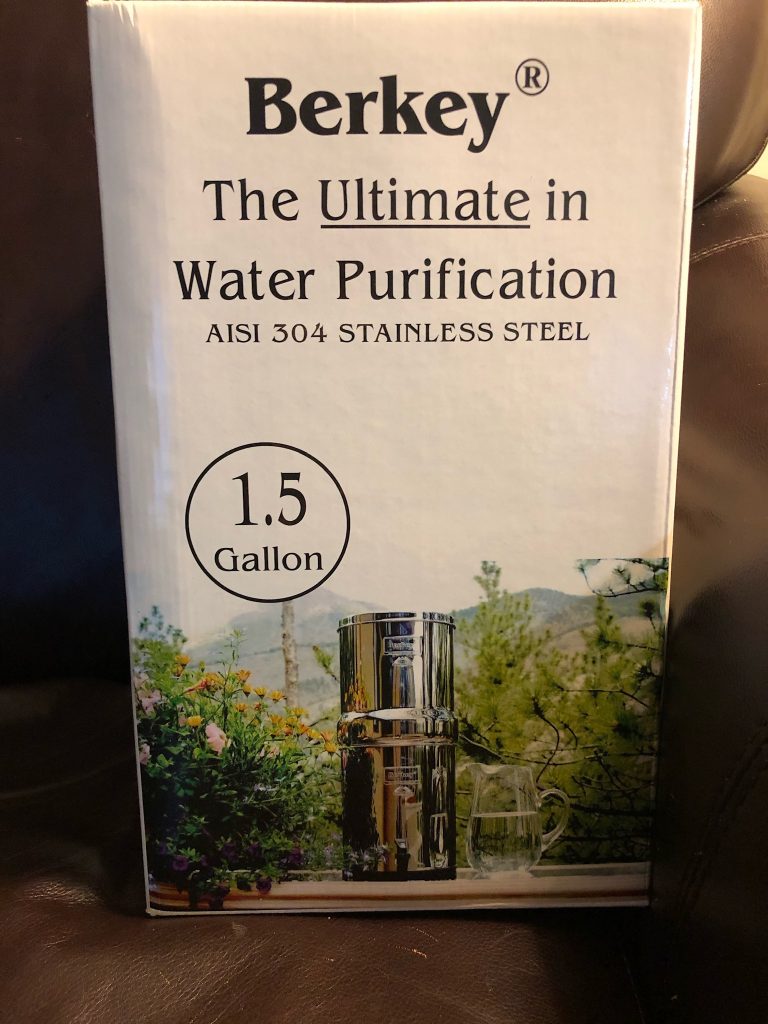
The deadly and devastating freeze and power outages across the South recently was a horrible life lesson in the “one is none” concept. If you only have one way to cook your food, heat your home, and light your way, you are not adequately prepared for disaster. When it comes to emergencies redundancy is your friend.
I don’t live in that region so I was fortunate to escape those lessons directly and I feel for those who had to live through it. But I am nonetheless using the experience of others in order to improve my own planning and preparedness.
Weather
Adverse weather events are hands-down the most likely emergency situation most of us will ever find ourselves in. Although the jokes are always about the Zombie Apocalypse and the complete collapse of civilization, “weather” is the most likely thing we will have to deal with.
Weather events can be devastating – from flooding to tornadoes to hurricanes to blizzards – adverse weather can wipe out power lines, destroy water supplies, cut off transportation/emergency services, and leave you exposed to the elements. Those are your basic human needs right there – food, water, and shelter. If you don’t have those things you can die.
That’s why it is so critical to make sure that you have two or more alternate ways to provide for those needs if you are hit by such a weather event. One method (electricity) failed those people and even the back-up (natural gas) apparently had some freeze-ups in some areas. As the saying goes, “Two is one, and one is none.” It made me do some thinking, too.
Heat
With temperatures down to the single digits and building insulation designed to keep air conditioned air in but not keep frigid temps out, this was a huge and life-threatening problem for millions in the suddenly frigid South.
Some people had only electric heat. Some people had gas, but without electric to run the fan and igniter, that didn’t work either. I read about some people who did have fireplaces, but because they were mostly decorative and there wasn’t a whole cord of wood on hand they were forced to burn furniture to keep warm. Never mind the fact that an open fireplace is not very heat efficient – most of that goes up the chimney rather than into the house. It was better than nothing for those people, but not by a lot.
I have neither a fireplace nor a wood-burner. It was something that we wanted when we built the house 20-odd years ago but was one of the things that got jettisoned due to budgetary constraints at the time.
I haven’t given up on the idea of a wood stove, but chose an indoor-rated propane space heater as an alternative heat source for my near term back-up plan. But that also means that lots of little propane bottles (or a bigger tank with adapter) need to be included as part of the emergency preparations.

Also included should be blankets or plastic sheeting and a staple gun to seal off the rest of the house from the single room that you are heating. No emergency heat source is going to make your whole house comfortable, so plan accordingly and be ready to seal things off and live in a single room.
I have my propane Plan B, but figured I needed a Plan C as well, because equipment breaks and sometimes the emergency exceeds your fuel supply. I saw a lot of stuff floating around the internet about a flower pot warmer (Can’t truly call it a “heater”) using candles and terracotta pots. I was intrigued and did a little research. Apparently the bit with using little tea light candles is mostly horse hockey, but I read about someone who tried it using sterno/chafing dish fuel and they had good results at least keeping the chill off in a small room.
Since I don’t have any terra cotta to experiment with (I mostly plant my stuff in re-used junk plastic) I bought some flower pots and am going to try that rig this weekend. Stay tuned on that one.
Conserving Heat
As an adjunct to “creating” heat I also saw some ingenious ways to conserve body heat in a small space. In addition to the obvious – bundle up and wear a hat – some people set up a small tent in their living room and huddled inside that to take advantage of a smaller airspace and shared body heat. Not having a tent, some people created the equivalent of a blanket fort using a table or chairs and used that to conserve body heat. I can’t say I would have thought of that, so those are some good ones to file away for future reference. Hmmm… I do have a new pop-up blind in the basement.
There is also such as thing as a USB rechargeable battery-powered electric throw blanket. The charge won’t last you all night but it can certainly take the chill off your sleeping bag in your blanket fort. And if you can recharge it off your solar phone power bank you can reuse it every night of the power outage. I have one of those on order. Stay tuned for that as well.
Cooking
I read somewhere about social media posts from people asking if local fast food was open during the widespread power outage (umm hello?) Apparently the poster had no cold food to eat such as peanut butter, tuna and crackers, canned fruit… I could go on. And apparently these persons had not thought of warming food over candles, or else didn’t have any of those either. Some people live by fast food and the microwave. We’re not talking about adulting geniuses here.
Bear in mind that I’m not making fun of people who are so deep into poverty that they had nothing to begin with, not even a candle to their names, but there were plenty of people with means who were caught with their pants down too (a certain nameless family left for the tropics as a “solution” to their problem). But for those not in poverty there seems to be no excuse for being unprepared and it points to a need for better planning in the future.
My Plan B, C, and D
I personally have accumulated multiple options for cooking if crap goes down the drain. I have a gas stove that I can light by hand if the gas lines still work. I also have a propane grill, a propane camp stove, and a SilverFire rocket stove that runs on nothing but sticks and cornstalks when things really get down to brass tacks.
To that stash, I recently added a little foldable camp stove that runs on chafing dish fuel – the same fuel that I mentioned above for the flowerpot heater. I’ve got two cases of a dozen cans of fuel each that each burn for 6 hours and are safe for indoor use. That’s 72 hours per case. Those won’t last forever either, but should get me through a couple weeks of heating up home-canned meats and stews in a pinch if all my other methods fail.

Also, don’t forget a way to light the candles and fires. And don’t forget a carbon monoxide detector if you don’t already have them in your home. Make sure you have matches, BBQ lighters, etc in your emergency kit. Have multiple methods because – say it with me – “one is none”.
Water
With no power to run water treatment there were widespread boil water advisories during this recent southern cold snap too. But how do you boil water if you have an electric stove and no back up plan? And if the pipes are frozen how do you get water at all? If you don’t have potable water already stored, then this defaults back onto your cooking plan and how to boil water. Do you have a back-up plan? Do you have a back-up for your back-up?
This one made me rethink my water plans as well. Although I do have some stored water I started to think about other options. My rain barrel is put away for the winter to keep it from cracking in the freezing weather. There is always melted snow if you have it, but spring mud won’t help me. So I’m thinking about a 50 gallon barrel for my basement for emergency water in addition to the various jugs and carboys I already have. Even in the summer the roof run-off would still need to be purified for drinking, so I ordered a small Berkey water filter to have on hand for emergencies too.

When you step back, it does seem at times that prepping for emergencies is just one giant exercise in “anxiety” after another – constantly worrying about things that may never happen. I realize that at some point I may be simply treating my anxieties with retail therapy, but at least the stuff I’m buying isn’t useless purses and shoes. This is stuff that could help keep me alive. That’s money I don’t mind spending, and if it helps me sleep at night, then why not?
This disaster-ridden year presents a huge opportunity to teach people about preparedness. We should all be trying to educate people where we can. Because these are the people who are either going to die of hunger and cold or come swarming into your position if a really big long-term disaster happens – unless you can enlighten them and save them from themselves ahead of time.
Have you revamped your own plans after this pandemic, double hurricane, 100 year freeze, and other-forms-of-hell kind of year?



